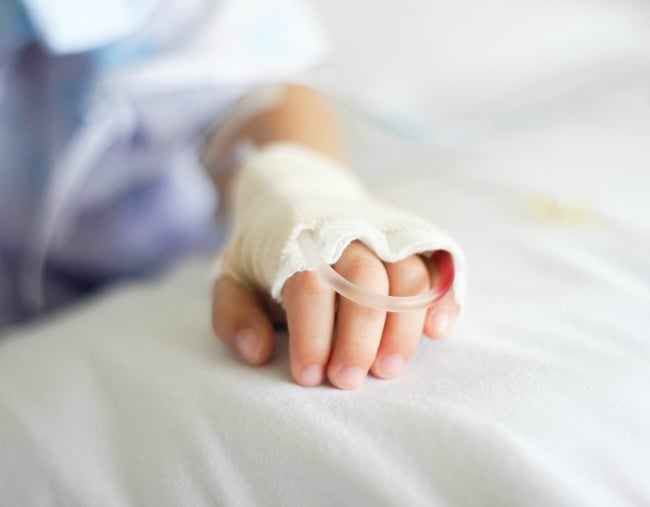
There is just one country in the world where children under the age of 12 can be legally euthanised. That country is Belgium.
It was recently revealed that two children under the age of 12 were euthanised in Belgium, one in 2016 and one in 2017. One was aged nine, and had a brain tumour. The other was an 11-year-old with cystic fibrosis.
Luc Proot is a member of the commission that approved euthanasia for the children.
“I saw mental and physical suffering so overwhelming that I thought we did a good thing,” he told The Washington Post.
Belgium legalised euthanasia in 2002 for people who were in “constant and unbearable physical or mental suffering that cannot be alleviated”. It was originally proposed that euthanasia should be legal for people of all ages, but due to political opposition, it was restricted to people over 18.
In 2014, the right to euthanasia was extended to children. A group of 16 paediatricians had written to lawmakers, asking them to support the legislation.
“Experience shows us that in cases of serious illness and imminent death, minors develop very quickly a great maturity, to the point where they are often better able to reflect and express themselves on life than healthy people,” the letter read.
But there were extra conditions imposed. The child would have to understand what euthanasia meant, the parents or guardians would have to give their consent, and doctors would have to verify that the death was expected “in the near future”.
Watch: Andrew Denton wants to change the law around euthanasia
The child would have to make his or her wish known in writing, and then psychiatrists would have to examine the child, to make sure that he or she was capable and not being influenced by anyone. Finally, a six-member commission would have to give approval.

Top Comments
euthanasia is a slippery slope. we will and already to give people diseases. but it'll be a systematic tool soon, then its a legal obligation to euthanize a terminal patients.
I can’t imagine how hard it is for everyone in these situations- the child suffering from an illness that is never getting better and only going to kill them painfully- but the parents watching it and being helpless. It’s not quality life and the checks and balances ensure that the power is not abused.
Those checks and balances aren't quite as strict as you may think despite what the official policy is.
Please explain